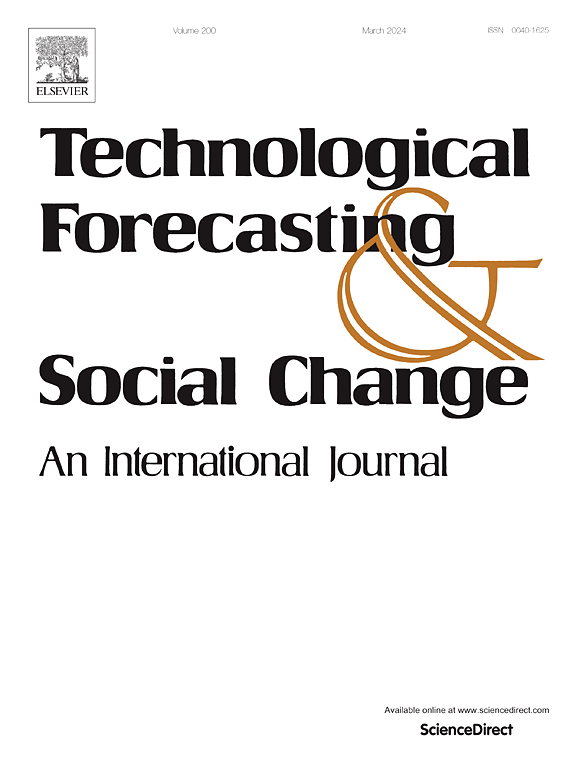Four archetypes of organizing corporate foresight at the intermediate maturity stage: A multiple case study
IF 12.9
1区 管理学
Q1 BUSINESS
Technological Forecasting and Social Change
Pub Date : 2025-04-03
DOI:10.1016/j.techfore.2025.124117
引用次数: 0
Abstract
Systematizing corporate foresight and integrating it into decision-making is critical to harness its value. However, many companies face challenges due to limited legitimacy, leading to scarce resources and a lack of commitment. Previous research has paid little attention to various ways to develop foresight capability, particularly at the intermediate stage of foresight maturity, where legitimacy is often lacking. We address this issue by exploring alternative organizing models to demonstrate foresight's value within firms. We conceptualize a corporate foresight system (CFS) comprising structures, roles, and activities for managing futures knowledge. Through a multiple case study of eleven large companies with intermediate foresight maturity, we identify four legitimate CFS archetypes: function-driven, independent foresight unit, executive team-led, and platform-based models. Using 43 semi-structured interviews, a pre-questionnaire survey, and workshops, we characterize these archetypes, examine their strengths and weaknesses and identify ‘windows of opportunity’ for further legitimation by extending and refining an initial CFS. Theoretically, we develop the concept of CFS, identify four CFS archetypes for companies with intermediate foresight maturity, and discuss how they contribute to demonstrating foresight's value within firms. Practically, our findings provide guidance for managers seeking to develop foresight capability by identifying approaches to legitimize foresight within an organization.
中期成熟阶段组织企业前瞻的四种原型:多案例研究
将企业远见系统化并将其整合到决策中是发挥其价值的关键。然而,由于合法性有限,许多公司面临挑战,导致资源稀缺和缺乏承诺。以往的研究很少关注发展前瞻性能力的各种途径,特别是在前瞻性成熟的中间阶段,往往缺乏合法性。我们通过探索其他组织模型来解决这个问题,以证明远见在公司内部的价值。我们概念化了一个企业预见系统(CFS),它包括管理未来知识的结构、角色和活动。通过对11家具有中等远见成熟度的大公司的多个案例研究,我们确定了四种合理的CFS原型:功能驱动、独立远见单位、执行团队领导和基于平台的模型。通过43次半结构化访谈、问卷前调查和研讨会,我们描述了这些原型,检查了它们的优势和劣势,并通过扩展和完善初始CFS来确定进一步合法化的“机会之窗”。从理论上,我们提出了CFS的概念,确定了具有中等远见成熟度的公司的四种CFS原型,并讨论了它们如何有助于在公司内部展示远见的价值。实际上,我们的研究结果为管理者提供了指导,通过确定在组织内使远见合法化的方法来寻求发展远见能力。
本文章由计算机程序翻译,如有差异,请以英文原文为准。
求助全文
约1分钟内获得全文
求助全文
来源期刊
CiteScore
21.30
自引率
10.80%
发文量
813
期刊介绍:
Technological Forecasting and Social Change is a prominent platform for individuals engaged in the methodology and application of technological forecasting and future studies as planning tools, exploring the interconnectedness of social, environmental, and technological factors.
In addition to serving as a key forum for these discussions, we offer numerous benefits for authors, including complimentary PDFs, a generous copyright policy, exclusive discounts on Elsevier publications, and more.

 求助内容:
求助内容: 应助结果提醒方式:
应助结果提醒方式:


